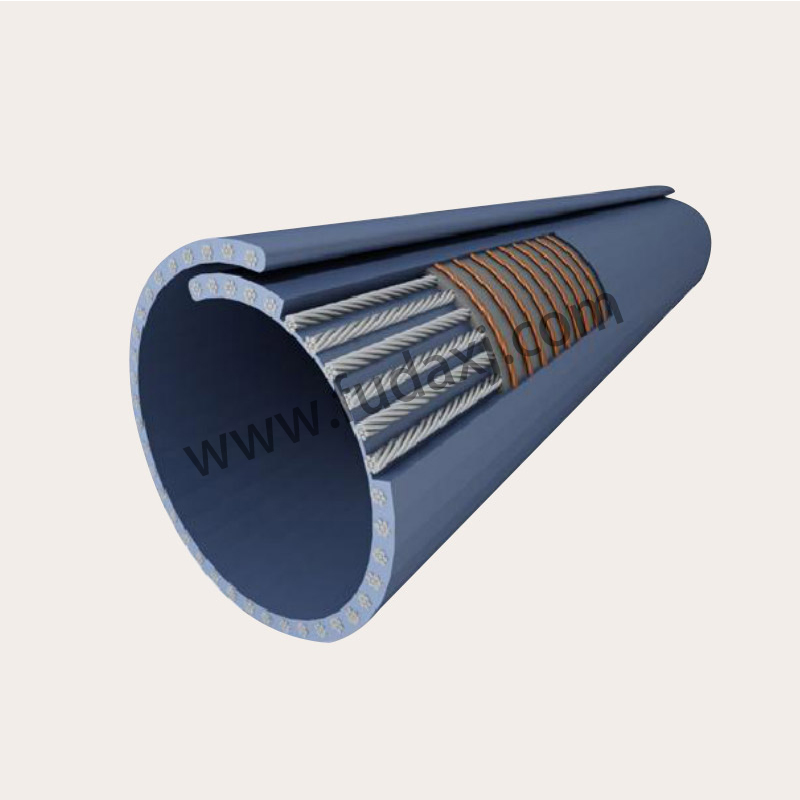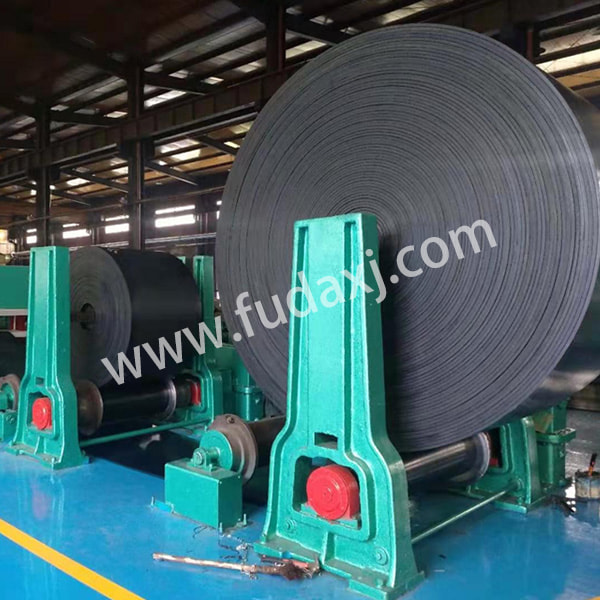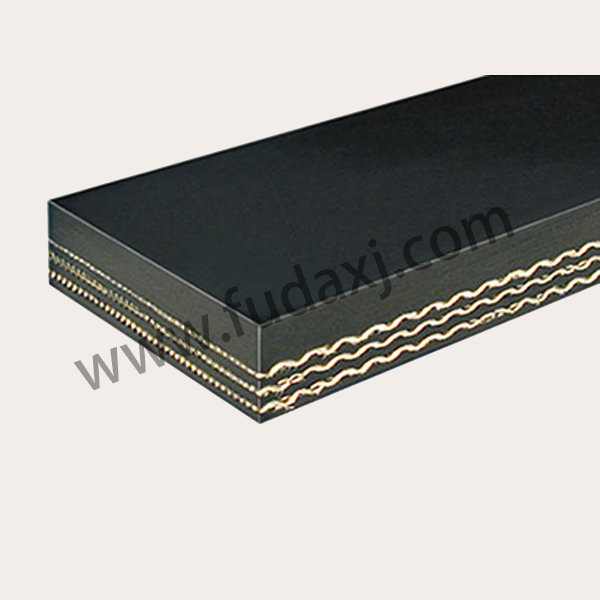
Conveyor belts, also known as conveyor belts, are rubber and fiber, metal composite products, or plastic and fabric composite products that are used in belt conveyors to carry and transport materials. Belt conveyors are widely used in agriculture, industrial and mining enterprises and transportation industry to convey various solid block and powder materials or finished articles. It is easy, the freight is low, and the transportation distance can be shortened, the engineering cost can be reduced, and manpower and material resources can be saved
There are many types of conveyor belts, classified according to their uses: general purpose conveyor belts, flame retardant and antistatic conveyor belts, general flame retardant conveyor belts, heat-resistant conveyor belts, high-temperature conveyor belts, acid and alkali-resistant conveyor belts, oil-resistant conveyor belts, and cold-resistant conveyor belts belt etc.
According to the classification of structural materials: ordinary cotton canvas conveyor belt, nylon conveyor belt, polyester conveyor belt, steel cord conveyor belt, PVC whole core conveyor belt, PVG whole core conveyor belt, steel cable conveyor belt, etc.
According to the product structure, there are: layered conveyor belts, whole core conveyor belts, steel cord conveyor belts, steel cable conveyor belts, tubular conveyor belts, patterned conveyor belts, sidewall conveyor belts, layer reduction conveyor belts, etc. For convenience, we generally use a unified representation method to represent various conveyor belts, and the representation methods of various types of conveyor belts.
1. Commonly used representation methods for layered conveyor belts (the standard representation method is different from this, please refer to the provisions of the standard GB7984 for details):
Take NN200 1000×6 (6+3) as an example, NN200 means nylon 200 type, 1000- means the width of the belt, 6- means the number of layers of nylon cloth, (6+3)- means that the upper and lower cover glues of the conveyor belt are respectively 6mm and 3mm thick.
2. Commonly used representation methods of steel cord conveyor belts:
Take ST1000 H 1000 ? 4.0-6.0-6.0 as an example:
ST1000- represents the strength specification, which is 1000N/mm
H-indicates the performance level of the covering glue
1000-The width of the product, in mm
4.0-represents the diameter of the wire rope, in mm
6.0-6.0-indicates the thickness of the upper and lower covering glue, the unit is mm
3. Representation of the whole core conveyor belt
Generally, the PVC and PVG flame retardant conveyor belts used in coal mines are expressed by the strength level and the width of the belt. Intensity levels are generally divided into: 4, 5, 6, 7, 8, 9, 10, 11 and up to 16. The corresponding strengths are: 680S, 800S, 1000S, 1250S, 1400S, 1600S, 1800S, 2000S, 2240S, 2500s, 2800S, 3100S and 3400S. The width of the conveyor belt is generally: 500mm, 650mm, 800mm, 1000mm, 1200mm, 1400mm, 1600mm, 1800mm, etc.
my country stipulates that all conveyor belt products used in coal mines must be flame-retardant and anti-static conveyor belts that meet the relevant standards of our country. At present, the commonly used conveyor belts in coal mining enterprises are: PVC whole core flame retardant and antistatic conveyor belt, PVG whole core flame retardant and antistatic conveyor belt, and steel rope core flame retardant and antistatic conveyor belt.
The flame retardant and antistatic conveyor belt mainly stipulates the safety performance of the product: 1. Alcohol burner burning; 2. Surface resistance; 3. Roller friction; 4. Simulated roadway propane burning. These inspection items characterize the safety performance of the product.
 English
English 简体中文
简体中文 Español
Español عرب
عرب
 English
English





 Fax: 0086-576-83019528
Fax: 0086-576-83019528